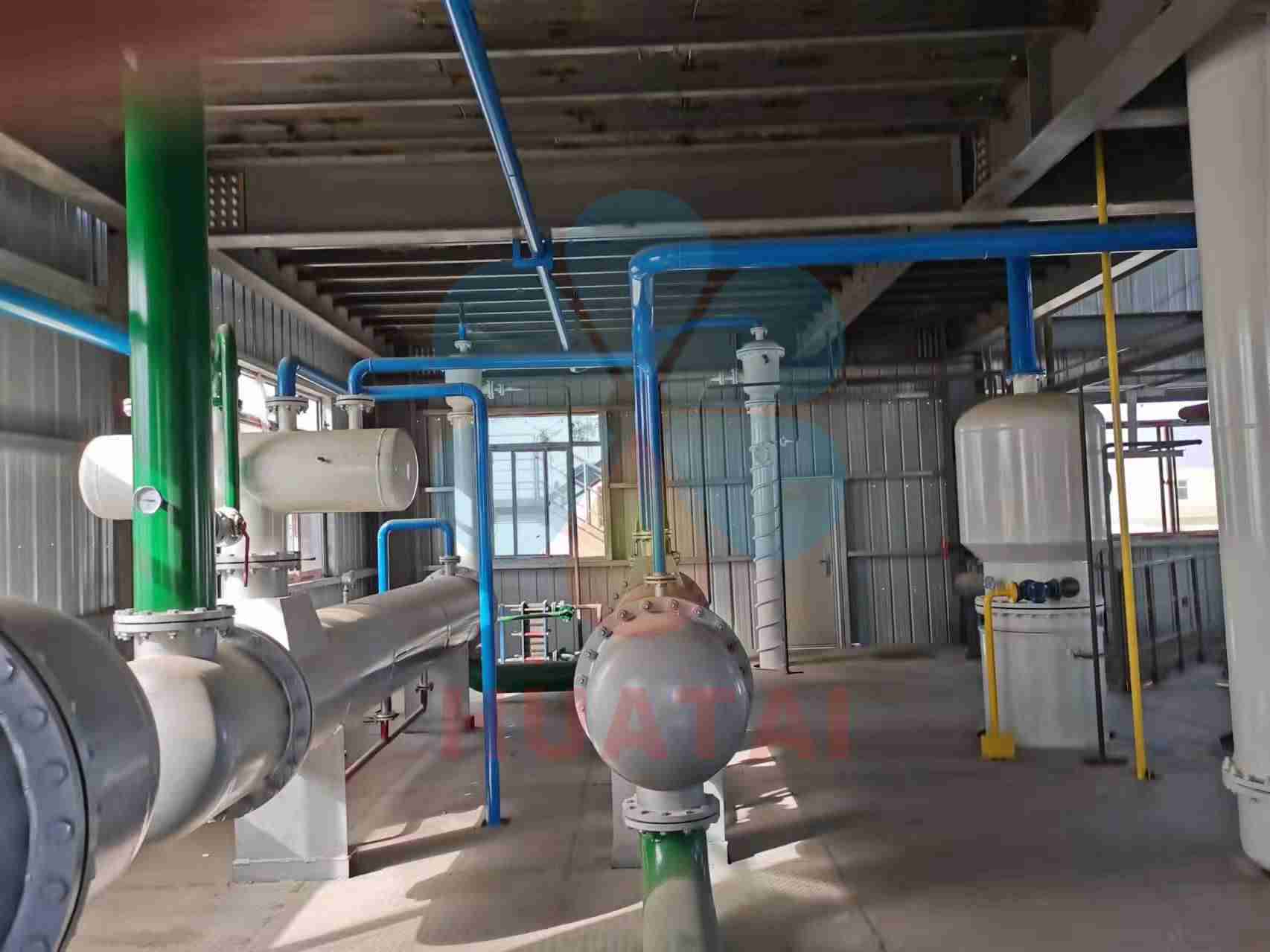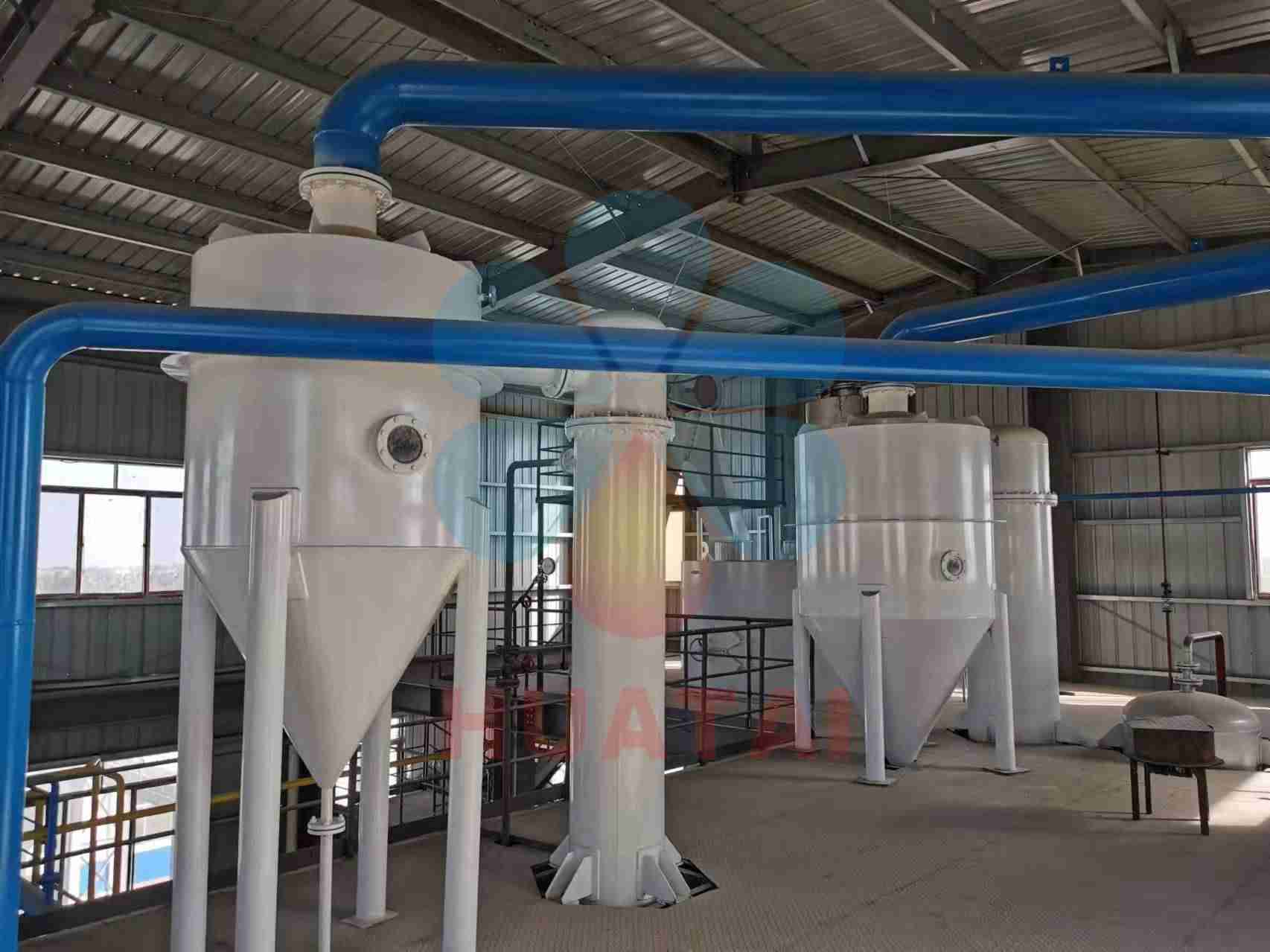The oil yield from soybean pressing is one of the core metrics in the oil processing industry, directly impacting economic performance and resource utilization. According to mainstream pressing techniques and actual production data, soybean oil yield typically ranges from 18% to 22%, though it is influenced by several factors such as raw material quality, processing technology, and equipment level.
Soybean variety, origin, and storage conditions play decisive roles in oil yield. High-protein soybeans from Northeast China (e.g., Heihe 43) generally have 2–3% higher oil content compared to southern varieties. Genetically modified U.S. soybeans, thanks to selective breeding, can reach oil content levels of 20.5%–22%. Newly harvested soybeans yield approximately 1.5% more oil than those stored for over 6 months due to oxidation loss of fatty acids during storage.

Modern oil mills adopt a process of "softening–crushing–flaking–expanding." The expansion step helps rupture cell walls thoroughly, improving oil yield by 0.8%–1.2%. One enterprise’s data showed that reducing flake thickness from 0.5mm to 0.25–0.3mm increased yield by 1.8%.
Screw press machines (commonly known as 200-type oil presses) yield 16%–18% with cold pressing. However, with DTDC steam-cooking technology (110°C and 8%–10% moisture), hot pressing can raise this to 19.5%–21%. Solvent extraction can further reduce residual oil content below 0.8%, providing an overall oil yield 3%–4% higher than mechanical pressing.
Adding cellulase and pectinase enzymes can break down cell walls more thoroughly. Tests have shown that at 50°C and pH 4.5 for 2 hours, oil yield increases by 2.3%.
Though capital-intensive (equipment costs 6–8 times higher than conventional systems), supercritical CO₂ can recover 3%–5% more oil from defatted soybean meal in lab settings. It’s especially suitable for producing high-value oils.
Using PLCs to automatically regulate steam-cooking temperature (±1°C) and pressing pressure (±0.2 MPa) helped one company reduce oil yield fluctuations from ±1.5% to ±0.3%.
Modern pressing enterprises focus on maximizing value across the entire supply chain. Soybean meal (with an output rate of 78%–80%) remains an important protein source in feed, and maintaining protein levels above 46% is crucial. Some businesses employ low-temperature desolventization to preserve functional components in the meal, boosting profits by 150–200 yuan per ton.

Overall, the focus has shifted from merely maximizing oil yield to optimizing it in harmony with product quality, energy efficiency, and by-product utilization. With advancements in molecular breeding and expander technology, the industry may soon break the 23% yield barrier. However, over-pursuit of high oil yield can lead to issues like elevated acid values and protein denaturation. Enterprises should tailor their processing techniques based on their product positioning.
Huatai Oil Machinery provides good quality oil mill plant, time & fast delivery, perfect after-sale services, and reasonable price, contact us!
Website: https://www.huataioilmachine.com/Copyright @ Henan Huatai Cereals And Oils Machinery Co.,Ltd.